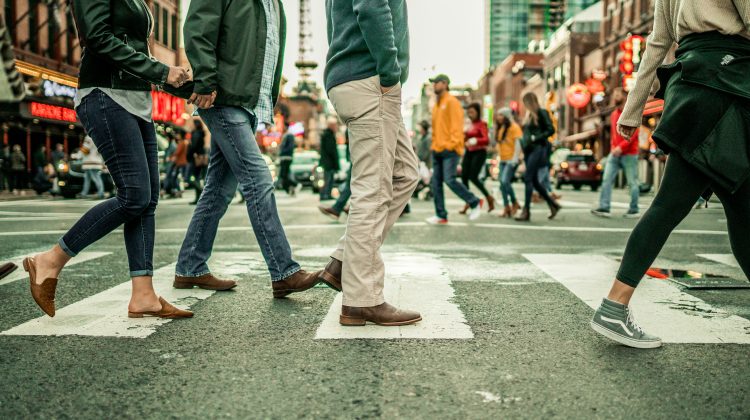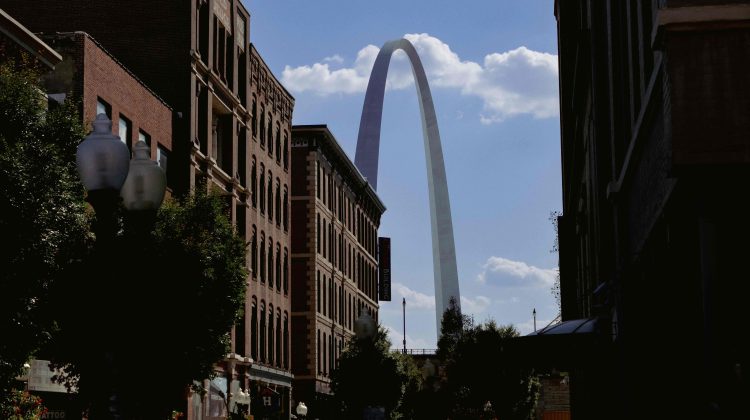Kitchen fires can get out of control quickly, causing potential injuries and property damage. According to the National Fire Protection Association (NFPA), there are more than 350,000 home fires each year in the U.S. on average, with cooking being the leading cause. As a result, there are more than 11,000 injuries and 2,500 deaths, as well as almost $7 billion in direct property damages.
Here are some fire safety tips you can use to prevent and control kitchen fires in your own home:
1) Keep All Surfaces Clean and Clear
A kitchen fire can start when a flame or heated surface comes in contact with fabrics, debris, or other materials found on your counters.
- Keep all flammable items away from the stovetop (e.g. towels, wooden spoons, paper towels)
- Clean your stovetops regularly, as to remove any spills or debris
- Do not place any items near heated appliances, such as slow cookers, toasters, pressure cookers, toaster ovens, or fryers
2) Do Not Leave Cooking Unattended
According to the U.S. Fire Administration (USFA), 40% of kitchen fires start due to unattended equipment. Whether cooking in a pan or pot, do not leave the kitchen while you are cooking something on a heated surface. Slow cookers, pressure cookers, and other such set-it-and-wait devices aside, most kitchen fires start in confined cooking vessels, such as frying pans. The USFA backs this up by saying that smaller, confined fires make up “91 percent of residential building cooking fires.” The lesson here is to never leave your pan of stir fry, goulash, or scalloped potatoes unattended.
3) Make Sure Your Smoke Alarms Work
The NFPA states that only 43% of smoke detectors are functioning during house fires. Smoke alarms with dead or missing batteries renders them no more than ugly pieces of ceiling art. Make sure to test your fire alarm every month to make sure it’s working properly. Detecting a fire early will help you get it under control before it becomes a safety hazard. Visit the USFA’s smoke alarm resource page for handy infographics on smoke alarm safety.
4) Wear Proper Attire While Cooking
Long sleeves, jacket strings, and even long hair can burn or otherwise catch fire in certain cooking situations. Be sure to roll up your long sleeves and tie up any hair that may hang too close to a flame or heated surface. However, if you are cooking with oils or something greasy, be sure to wear clothing that covers any areas susceptible to jumping oil droplets.
5) Keep These Fire Safety Items Nearby
Burn injuries are not to be taken lightly. Depending on the degree of the burn, you can suffer from pains and debilitation for years to come. An Ontario personal injury law firm put together a list of items that can help you eliminate fires before they get out of hand, as well as items that you should not use when trying to put out a kitchen fire:
What to Use
- UL Rated 5-B:C fire extinguisher
- A lid for suffocating grease fires
- Baking soda
What NOT to Use
- Water (can make grease fires worse)
- Baking powder or flour
- A wet towel
Learn More About Fire Safety
To learn about more tips about fire safety in and out of the kitchen, check out the Red Cross fire safety equipment guide, along with the NFPA’s easy-to-read fire safety handouts available in many languages.




No Comment